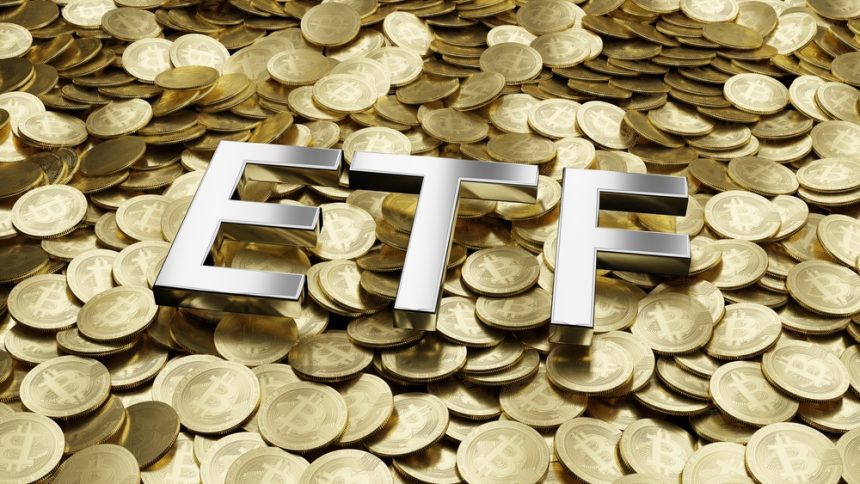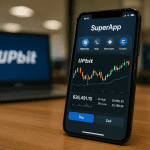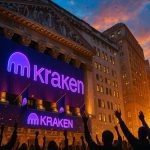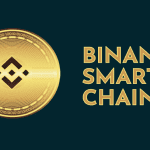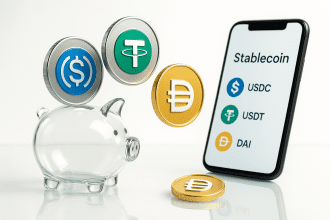When BlackRock talks, people in crypto tend to lean in. Their latest message? Institutional ETF adoption is still just getting started, and talk of XRP or SOL funds is more rumor than reality. The market feels caught in between excited but unsure. Institutions are inching closer, testing, planning, but the real backbone the laws, infrastructure, and trust still needs to harden. So when a BlackRock exec says, “it’s early,” it’s not a brush-off. It’s the truth. We’re barely past the starting line.
Think of ETFs as bridges familiar, regulated ways for old-school investors to cross into crypto without stepping too far from home. Bitcoin and Ethereum built those bridges first, proving the idea works. But XRP and SOL? They’re still waiting for the green light.
The delays make sense. Regulation’s slow. Custody and security at scale take serious time and money. Liquidity outside the big coins dries up fast. And institutions they don’t jump until every box is checked.
XRP’s the old warrior with scars from its legal fights. SOL’s the new speedster, full of energy but still working on stability. Both have real potential, but they’ll need clear rules, deeper markets, and trust they haven’t fully earned yet.
For investors, timing isn’t about guessing it’s about patience. You can chase the news and maybe score, but more often, you’ll get burned when things slip. Better to move steady, diversify, and watch filings, not gossip.
The next big turn will come when regulation tightens up, custody gets stronger, and confidence spreads. But the reverse can happen too one big hack or ruling could set everything back. Crypto’s just like that quick to rise, quick to fall.
Bitcoin and Ethereum still lead the pack. They’ve got scale, precedent, and faith. XRP and SOL might reach that level, but for now, they’re still auditioning.
It’s a marathon, not a sprint. Maybe the climb will be slow, or maybe one clear policy shift will flip the switch. Either way, only the most resilient networks will stay standing.
BlackRock’s right: we’re early. And that’s okay. It means there’s still room to grow. When rules, rails, and demand finally align, XRP and SOL could make the jump. Until then, keep your cool, manage risk, and remember adoption doesn’t show up as a headline. It sneaks in quietly, one decision at a time.


